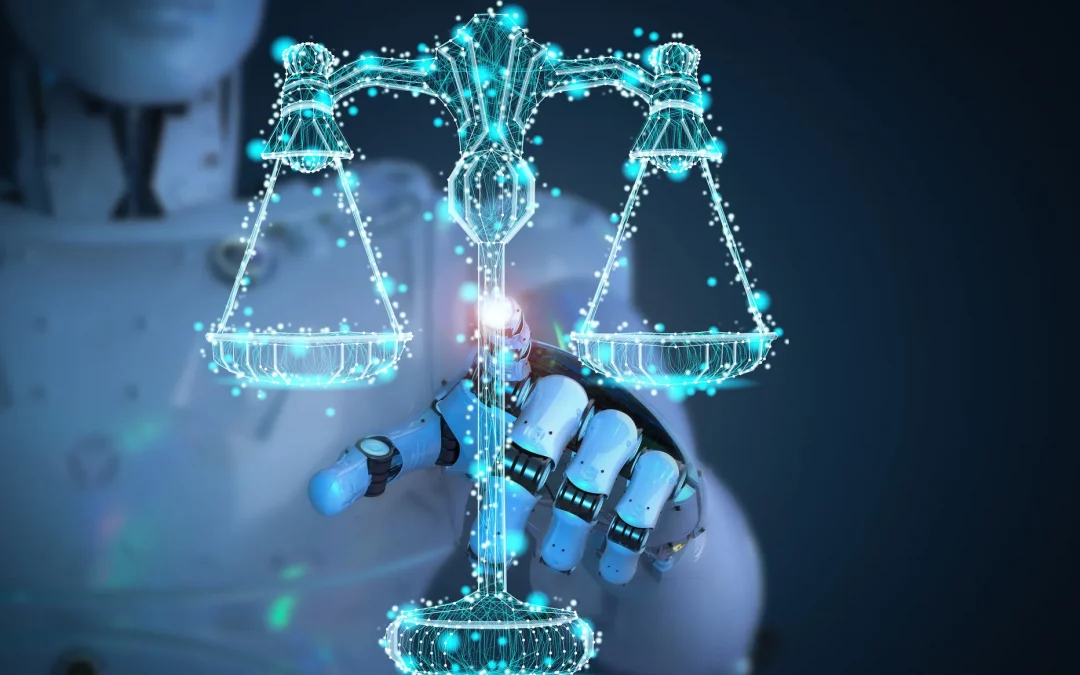India’s copyright legislation, codified in the Copyright Act of 1957, was framed on the premise that human beings were the only creators of original work. That is no longer true today, now that artificial intelligence (AI) has emerged, however. AI software can now create content, such as books, visual works, music, and computer programs, that cannot be differentiated from the work of human beings. Thus, the Indian legal framework, developed in the absence of AI, stands at a juncture. Authorship and ownership of AI-generated content are now some of the most relevant issues for Indian copyright law.
The basis of the Copyright Act is that it creates an author. In normal circumstances, the author of most works would be the creator of the work. In the case of computer-generated works, authorship under the Act is assigned to the person causing the work to be produced. But this provision, drafted in the context of conventional automation, is increasingly coming to fall short in the age of AI. If an AI program produces a work with very little human involvement, is the human who made the initial input or stimulus the author? The law currently in place doesn’t have an answer, leaving creators, developers, and businesses in a state of legal uncertainty. The AI itself can’t be considered a legal entity and therefore can’t own copyright. The question remains: Who owns the rights to a machine-made work?
When AI is used as a means to creative work, like an artist beautifying images or an author utilizing AI to edit, the human authorship may be established. The human author has control over the choices that lead to creative work, and this aligns with the quality of originality in Indian copyright law. In this scenario, the AI is merely a tool, and the human author is the one who creates. But when AI creates a finished work with little human intervention—like a painting, poem, or song—the issue is more complex. The absence of human input leads to the question of whether the user can assert authorship and, hence, copyright.
Across the globe, nations have reacted differently to tackling AI-generated material. In the United Kingdom, the law grants authorship of computer-generated works to the individual who commissions its production. This general definition provides a clear legal track for those who employ AI as part of their creative process. The United States is more rigid in comparison. Courts and the U.S. Copyright Office have consistently asserted that AI work cannot be copyrighted in the absence of human authorship. The court in 2023 case of Stephen Thaler denied copyright protection to an image created by an AI because it was devoid of human authorship. The European Union, though yet to codify AI fully, is drafting comprehensive frameworks that weigh between human authorship and the broader landscape of AI technology. India, however, has yet to lay a hand on the subject. Even while policy documents of NITI Aayog and the Ministry of Electronics and Information Technology (MeitY) have identified the transformative power of AI, the Copyright Act has not changed. Indian creators and businesses thus find themselves in a legal vacuum regarding AI-generated works. Without regulations, nobody knows whether AI-generated works can be owned, licensed, or covered by copyright law. This might deter investment and innovation in AI-based creative industries.
Unclear legal frameworks for work created by AI have very significant consequences for protection and innovation. On the one hand, not attributing ownership to works created by AI could discourage investment in AI-based creative industries. On the other hand, granting copyright protection for works created by AI with no evident contribution on the human side could flood the system with derivative works and create a distinction problem between machine and human creativity. A balance between the two poles is most necessary for the future of copyright law in India.
India is already faced with having to reform its legal system to accommodate the increased use of AI to produce content. One of these methods is judicial interpretation, whereby courts delineate how the provisions available pertain to AI-generated works. Judicial interpretation, however, may not be enough to provide uniformity and certainty. A desirable alternative would be legislative reform. India can amend the Copyright Act such that content generated by AI can be addressed in particular, or create a sui generis right better appropriate for AI works. A sui generis right would include making sure there is human intervention, transparency of data, and moral values that ensure fair treatment to both creators and AI producers.
Finally, India’s existing copyright law is not equipped to address the complexity generated by AI. As AI brings its impact upon the creative industries, India needs to move fast to determine the legal status of AI-generated works. By doing so, India can protect the rights of human creators and promote innovation in the new AI economy. A clear legal regime will make India competitive in the international knowledge economy, promoting innovation as well as technological development.

